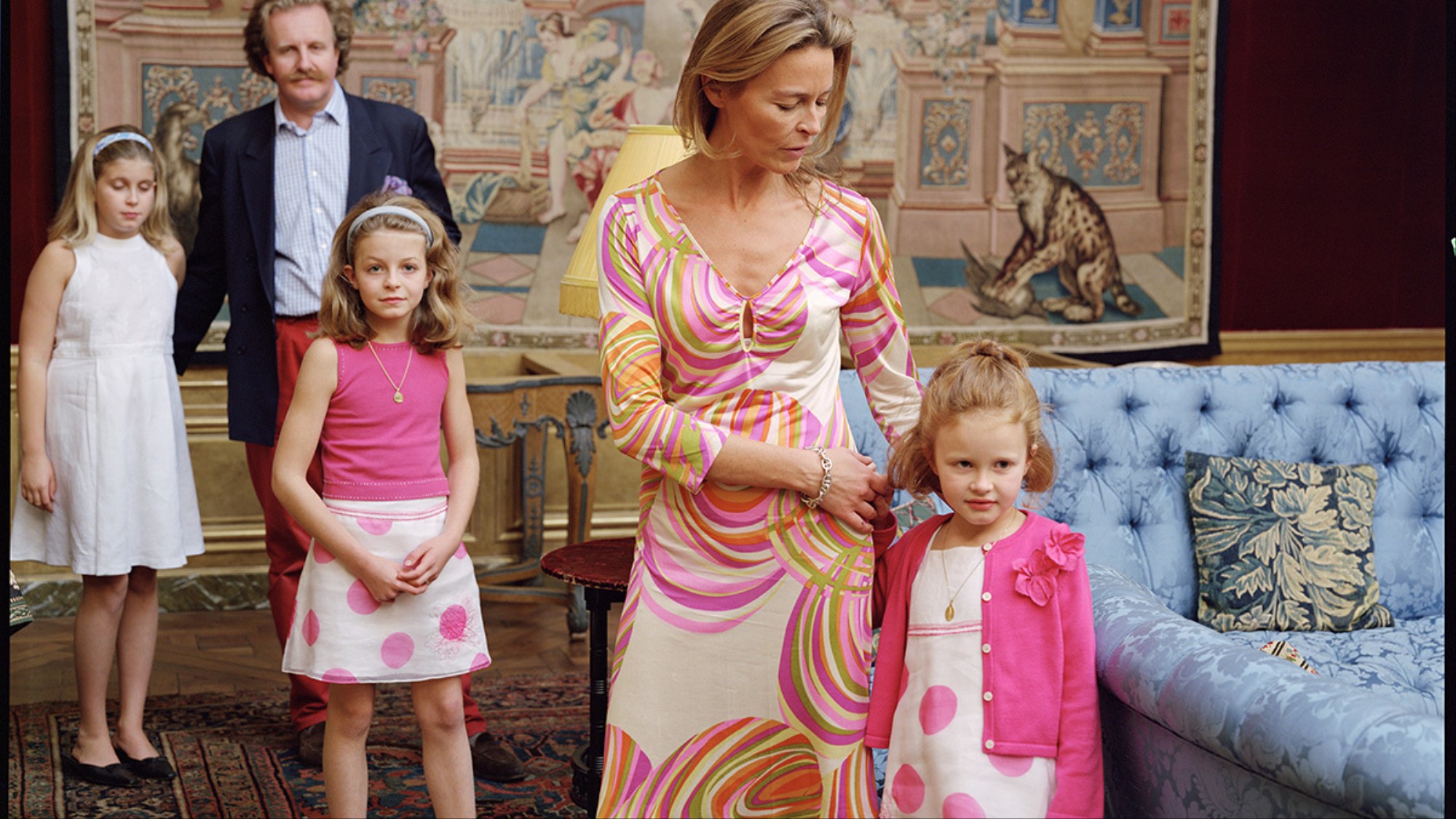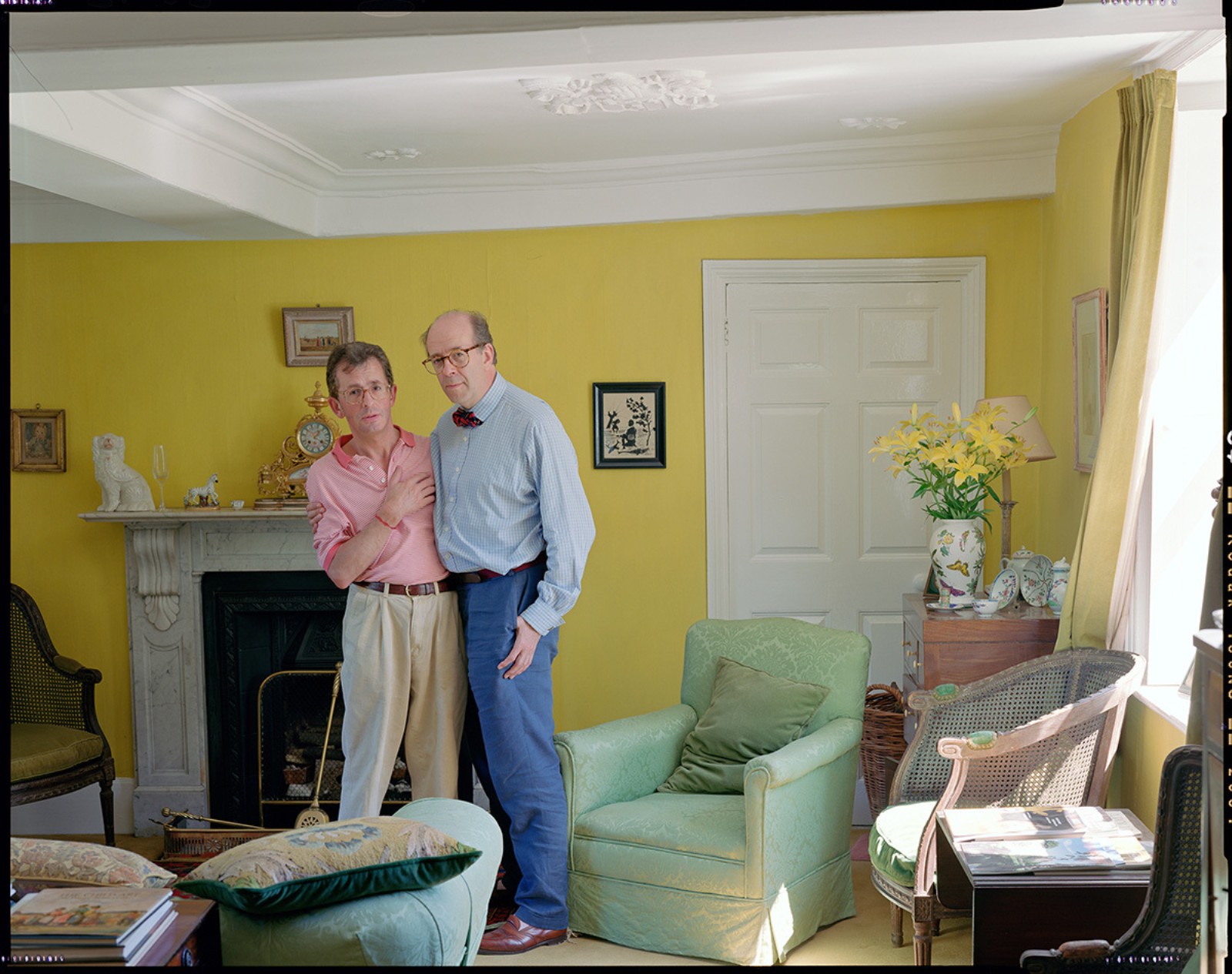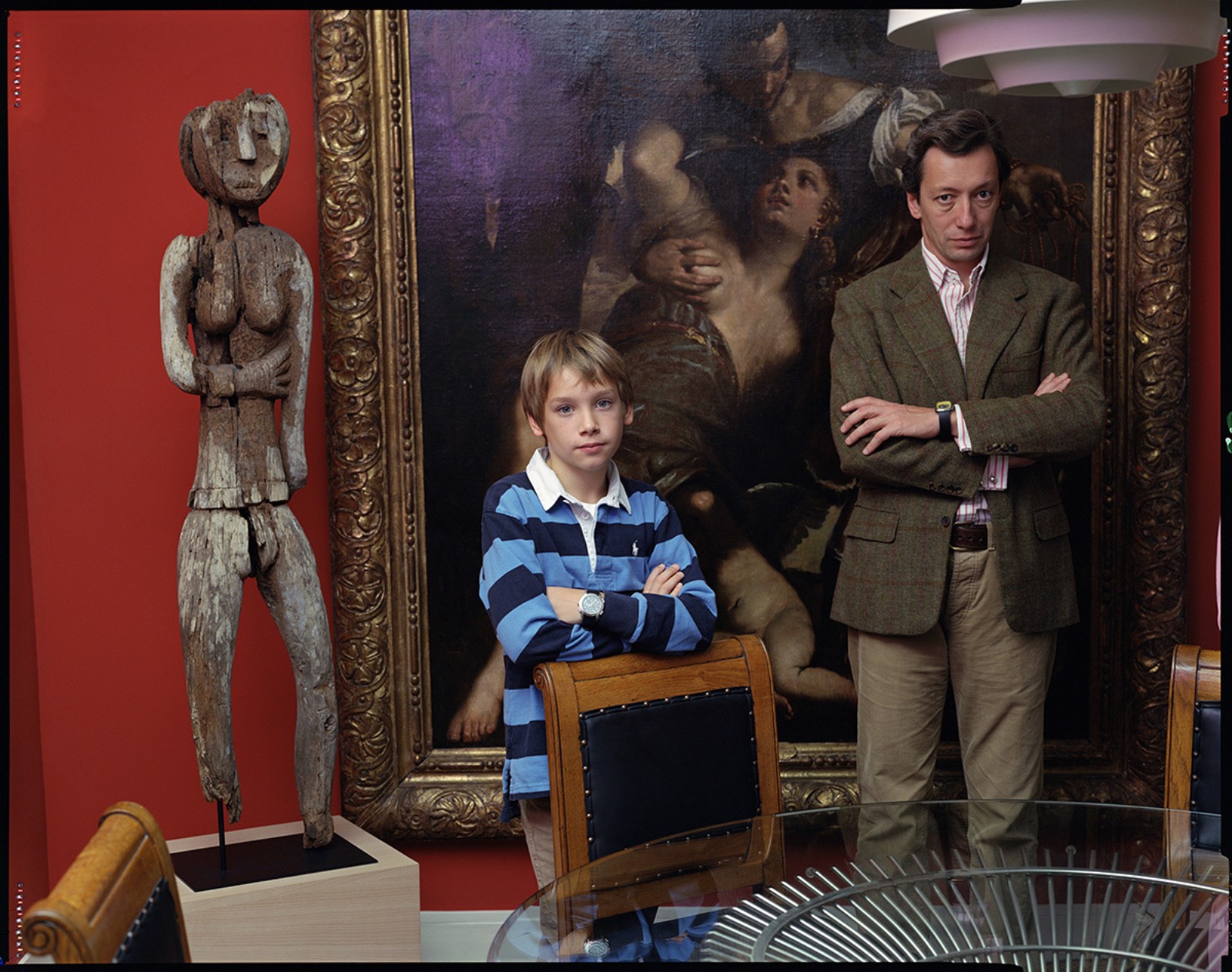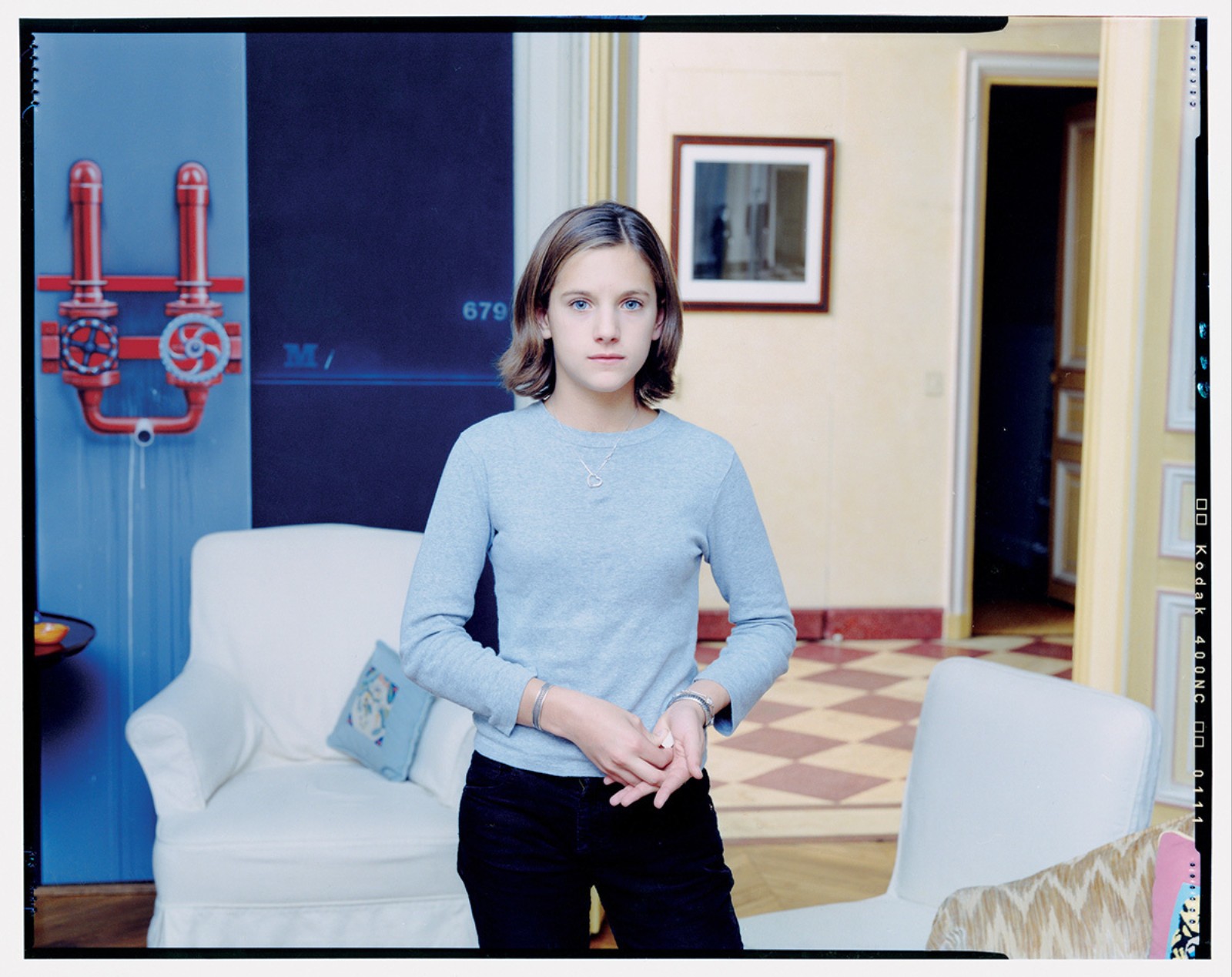
Tina Barney
Inside the inner circle of europe’s old-world elite
Tina Barney's 'The Europeans' studies the cross-pollination of heirs, heirlooms, and Herrs.
Matthew Whitehouse
24 April, 2017
It's been almost two weeks since Theresa May triggered Article 50, sending the UK hurtling towards a cliff edge and leading many to question where Britain fits in the great landmass known as Europe.
It's worth remembering that when the founding nations of the European Economic Community (Belgium, France, Italy, Luxembourg, the Netherlands, and West Germany) first got together in 1957, Britain initially said, "I'm alright, Jacques." It had fought a Great War. It had a great Commonwealth. It saw itself as different.
Did you spend much time with your subjects, or was it all quite quick?
Very quick. There were some people that I spent the night with, but they were generally as quick as if I'd done an editorial job. 'Hello, how are you,' then go in, set up the lights, take the picture and leave. A one-time kind of shot. And I never saw them again in my whole life. Probably never will.
Very quick. There were some people that I spent the night with, but they were generally as quick as if I'd done an editorial job. 'Hello, how are you,' then go in, set up the lights, take the picture and leave. A one-time kind of shot. And I never saw them again in my whole life. Probably never will.
The only thing I can think of is, you know when people were obsessed with watching television series like Dallas? Or even now when they're watching The Tudors or anything like that? These pictures were of a life that I think Americans, not really dreamed of, but that was their ideal of a royalty or a grand life. One that I think Americans have looked up to since the beginning of history.
Did you come to see Europe as a coherent entity or did it remain separate countries to you?
Oh, that's a very interesting question. I think there are things that are very similar. And usually it had to do with a taste, that was probably borrowed from as far back as you can go. As people traveled they would say, 'oh, I like that, I'm going to do that too.' And one of the things which is kind of funny and superficial is the yellow wall. A certain colored yellow wall is in many countries. So things like that, but also I think the idea of the family probably goes through all the countries. The idea of keeping the family home. The respect for the mother and the father. The eldest son.
Oh, that's a very interesting question. I think there are things that are very similar. And usually it had to do with a taste, that was probably borrowed from as far back as you can go. As people traveled they would say, 'oh, I like that, I'm going to do that too.' And one of the things which is kind of funny and superficial is the yellow wall. A certain colored yellow wall is in many countries. So things like that, but also I think the idea of the family probably goes through all the countries. The idea of keeping the family home. The respect for the mother and the father. The eldest son.
Do you have a favorite image?
I probably do, which I never usually say. But you know, so much time has gone by. What interests me more, probably than anything I ever do, is portraiture. And I think there's a photograph called The Granddaughter and one called The Young Lady. One is from Germany, the other's from France. That one, The Hands, of the boy in the blue and white shirt with his father. There's something about children. I think getting through to a child that age is usually impenetrable. But if you have the right subject, you can't figure out who they are, but you can go to a place that you can't in real life by looking at them in the flesh. And it's usually through the eyes. That's pretty fantastic.
I probably do, which I never usually say. But you know, so much time has gone by. What interests me more, probably than anything I ever do, is portraiture. And I think there's a photograph called The Granddaughter and one called The Young Lady. One is from Germany, the other's from France. That one, The Hands, of the boy in the blue and white shirt with his father. There's something about children. I think getting through to a child that age is usually impenetrable. But if you have the right subject, you can't figure out who they are, but you can go to a place that you can't in real life by looking at them in the flesh. And it's usually through the eyes. That's pretty fantastic.
Credits
Text Matthew Whitehouse
All images courtesy of Tina Barney and Paul Kasmin Gallery
All images courtesy of Tina Barney and Paul Kasmin Gallery










No comments:
Post a Comment